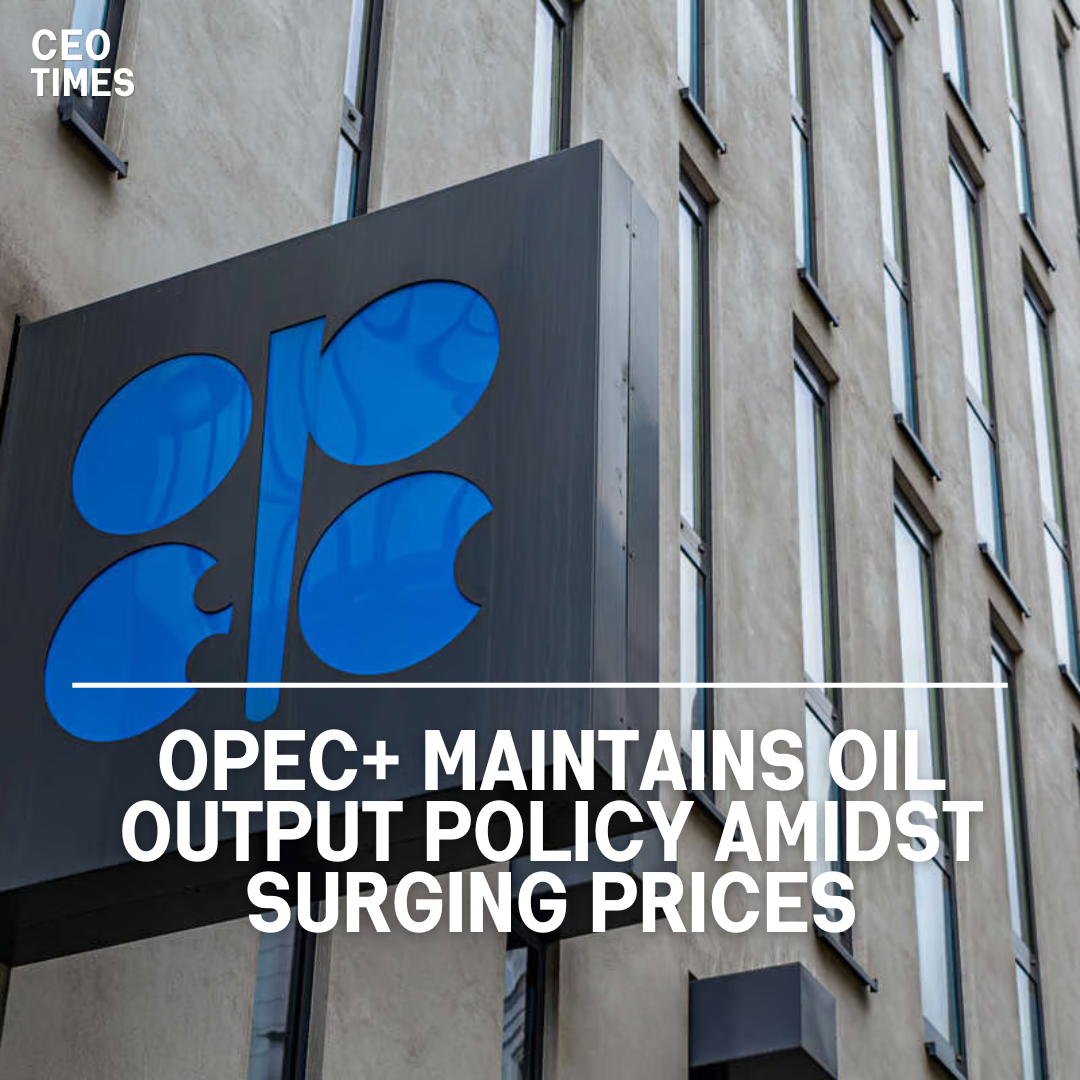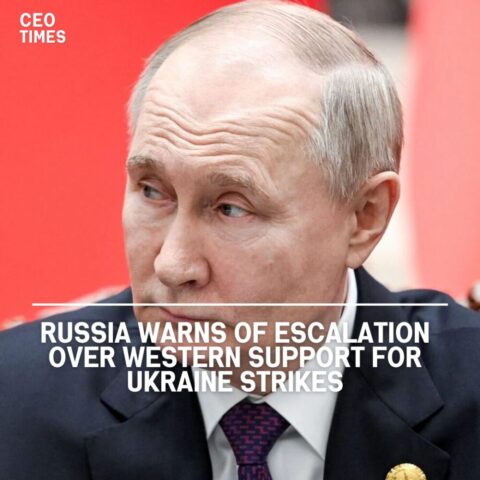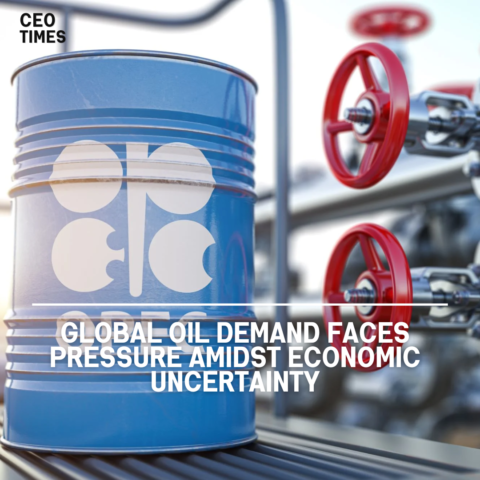A recent meeting of top ministers from OPEC+ decided to keep the oil output policy unchanged, as oil prices surged to their highest level in five months.
The Organization of the Petroleum Exporting Countries and its allies, led by Russia, opted to maintain current output cuts despite market volatility and geopolitical tensions.
Key Decisions and Market Review:
The ministerial committee, known as JMMC, convened to assess market conditions and evaluate members’ adherence to output reductions.
Oil prices have seen a significant uptick this year, driven by supply constraints, attacks on Russian energy infrastructure, and geopolitical conflicts in the Middle East. Brent crude surpassed $89 per barrel, reaching its highest level since October 2023.
OPEC+ had previously agreed to extend voluntary output cuts of 2.2 million barrels per day (bpd) until the end of June to stabilize the market. Russia, alongside Saudi Arabia, affirmed its commitment to reducing oil output in the second quarter, aligning with the collective efforts of OPEC+ members.
The outcome of the Meeting:
Following the meeting, OPEC+ welcomed Russia’s decision to prioritize production cuts over exports in the second quarter.
The participating countries with excess production in January, February, and March 2024 must submit detailed compensation plans to the OPEC Secretariat by April 30, 2024.
Challenges and Promises:
Iraq, for instance, pledged to lower exports to compensate for exceeding its OPEC production target. Although it reduced shipments by 50,000 bpd in March, further adjustments are necessary to fulfill its commitment.




















